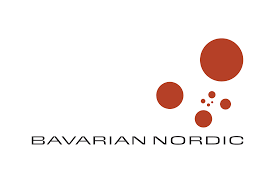Researchers at the Niels Bohr Institute at the University of Copenhagen have invented a new superconducting crystal that could have important applications in the electronics industry.
The new crystal, which fuses semiconducting and metallic materials on the atomic level, can be used in so-called nanowires in tiny electronic circuits.
An associate professor at the institute, Thomas Sand Jespersen, explained that the invention addressed the problem that it can be difficult to create a good contact between nanowires and external contacts.
"Our new material was born as a hybrid between a semiconducting nanowire and its electronic contact,” he said.
“Thus we have invented a way to make a perfect transition between the nanowire and a superconductor. The superconductor in this case is aluminium. There is great potential in this."

The interface between the semiconductor and the metal (Photo: Niels Bohr Institute)
Expect commercial interest
The conventional approach to developing circuit components on the nanoscale has been to manufacture nanowires and contacts separately.
Another assistant professor, Peter Krogstrup, describes how the new process resulted in higher quality and a more repeatable result.
"The atoms sit in a perfectly ordered lattice in the nanowire crystal, not only in the semiconductor and the metal, but also in the transition between the two very different components, which is significant in itself,” he explained.
“You could say that it is the ultimate limit to how perfect a transition one could imagine between a nanowire crystal and a contact.”
The team have a close research collaboration with Microsoft and see great potential for their research.
"We think that this new approach could ultimately form the basis for future superconducting electronics,” Jespersen said.
“That is why the research into nanowires is interesting for the largest electronics companies",














